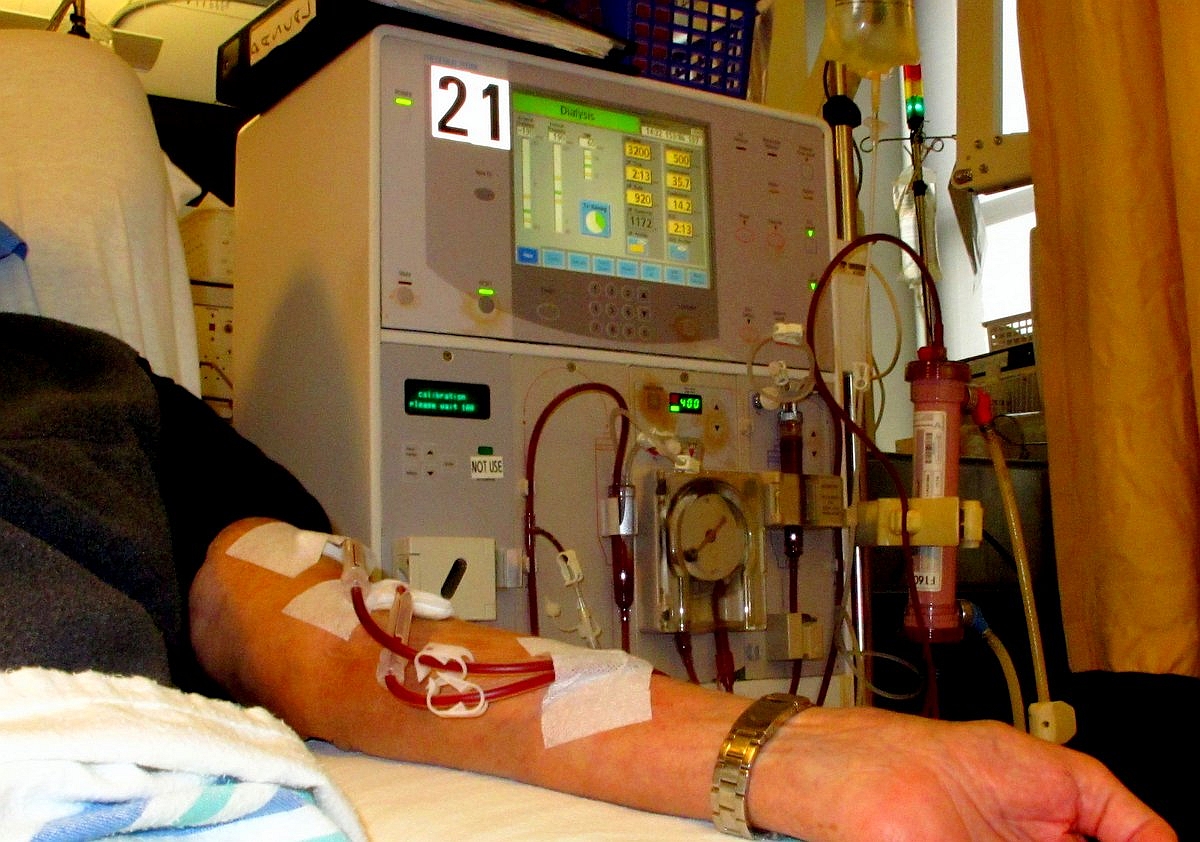A few years ago, a raised white spot developed on my nose. It's not pretty, so I'm not going to post a picture of it. I didn't worry about it for a while; tried to do internet searching to work out what is was and whether I should do anything about it.
A search for "raised white spot on skin" suggested that "sebrrheic keratosis" was the most likely explanation. But I did an image search on that term and it was clearly wrong: wrong colour, wrong texture, wrong size...
"One should visit a doctor immediately when this signs arise": ignoring the grammatical problem in that advice, I booked an appointment with my doctor. She assured me that there is nothing to worry about -- that it is an "intradermal naevus", that there would be information about it on dermnetnz.org. Well, actually, no: information on Becker naevus (occurs mostly in men, has a dark pigment); on Sebaceous naevus (bright pink, like birth marks), Blue naevus (clue is in the colour)... and many other conditions that are all much more spectacular in appearance than a raised white spot. I find pages of information including words ending in "oma": melanoma, medulloblastoma, meningioma, carcinoma, lymphoma, fibroma. If the condition is serious, there is information out there about it. But the inconsequential? Not a lot, apparently. Contrary to my earlier belief, knowing the technical terms doesn't always unlock the desired information.
Look further. I find information on a patient site. But it's for healthcare professionals: "This is a form of melanocytic naevus [...] The melanocytes do not impart their pigmentation to the lesion because they are located deep within the dermis, rather than at the dermo-epidermal junction (as is the case for junctional naevi/compound naevi)." I feel stupid: I have a PhD, but it's not in medicine or dermatology, and I have little idea what this means.
I eventually work out that naevus or nevi is another term for mole. I try searching for "white mole" and find general forums (as well as pictures of small furry creatures who dig). The forums describe something that sounds about right. But lacks clinical information, on causes or treatment or likely developments without treatment.
At that point, I give up. Lay people and clinicians apparently live in parallel universes when it comes to health information. All the challenges of interdisciplinary working that plague research projects also plague other interactions – at least when it comes to understanding white moles that are not cancerous and don't eat worms for breakfast.
A search for "raised white spot on skin" suggested that "sebrrheic keratosis" was the most likely explanation. But I did an image search on that term and it was clearly wrong: wrong colour, wrong texture, wrong size...
"One should visit a doctor immediately when this signs arise": ignoring the grammatical problem in that advice, I booked an appointment with my doctor. She assured me that there is nothing to worry about -- that it is an "intradermal naevus", that there would be information about it on dermnetnz.org. Well, actually, no: information on Becker naevus (occurs mostly in men, has a dark pigment); on Sebaceous naevus (bright pink, like birth marks), Blue naevus (clue is in the colour)... and many other conditions that are all much more spectacular in appearance than a raised white spot. I find pages of information including words ending in "oma": melanoma, medulloblastoma, meningioma, carcinoma, lymphoma, fibroma. If the condition is serious, there is information out there about it. But the inconsequential? Not a lot, apparently. Contrary to my earlier belief, knowing the technical terms doesn't always unlock the desired information.
Look further. I find information on a patient site. But it's for healthcare professionals: "This is a form of melanocytic naevus [...] The melanocytes do not impart their pigmentation to the lesion because they are located deep within the dermis, rather than at the dermo-epidermal junction (as is the case for junctional naevi/compound naevi)." I feel stupid: I have a PhD, but it's not in medicine or dermatology, and I have little idea what this means.
I eventually work out that naevus or nevi is another term for mole. I try searching for "white mole" and find general forums (as well as pictures of small furry creatures who dig). The forums describe something that sounds about right. But lacks clinical information, on causes or treatment or likely developments without treatment.
At that point, I give up. Lay people and clinicians apparently live in parallel universes when it comes to health information. All the challenges of interdisciplinary working that plague research projects also plague other interactions – at least when it comes to understanding white moles that are not cancerous and don't eat worms for breakfast.




